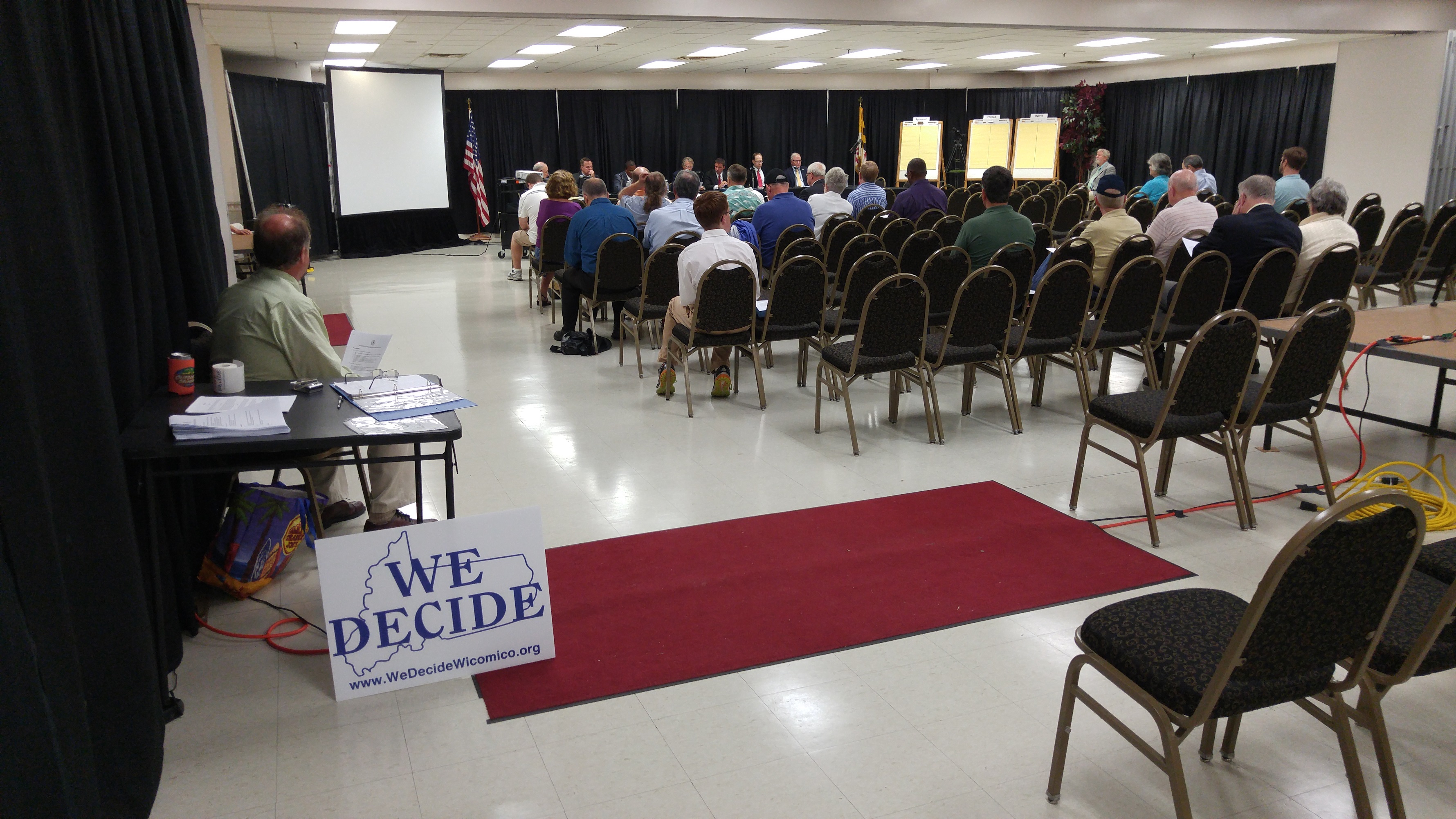With the winds of Jonas howling around us last night, I decided it was a good night to clean out the old e-mail box. One result of that is the Liberty Features widget I placed in my sidebar. They have a lot of good content I use for these “odds and ends” posts as well as other content – that and once upon a time I was a writer for them. You just never know when doors may open back up.
On Tuesday last I alerted readers to the Maryland Senate bill that would allow Wicomico County to determine whether or not they want an elected school board. It’s doubtful they picked up on the coincidence that their hearing will occur in the midst of National School Choice Week. But we deserve a choice, so there’s just something appropriate about this – it may even occur during the #schoolchoice Tweetup occurring Wednesday afternoon.
Teachers may be gaining a choice in how they wish to be represented thanks to an upcoming Supreme Court case. Here’s hoping the side of right prevails and teachers are freed from paying excessive union dues to support political causes they don’t agree with.
And since a lot of my cohorts in the region are using their heat, it’s a good time to talk a little about all the energy news that’s been piling up. For example, energy writer Marita Noon recently detailed the Obama administration’s War on Coal. She quotes one Pennsylvania United Mine Workers officer who says, “Obama’s actions have alienated those who work in the industry from Democrats in general.” I think someday there may be thousands of workers in the green energy field, but for now the people who work in the coal mines are looking desperately for jobs.
On the other hand, if the government showers you with favored status, you have a golden ticket. Noon also wrote about the subsidies and rent-seeking that green energy company Solar City is in danger of losing in several states.
Our fracking boom has gone bust, though, since oil has approached $25 a barrel. Some of those furloughed employees could be rehired to pump oil for export, but this game of chicken between OPEC and American producers shows no sign of ending soon.
Those would-be workers could also be good candidates for rebuilding American manufacturing – if any jobs were to be had, that is. Over at the Alliance for American Manufacturing, Scott Paul notes:
I know I don’t have to tell you how important manufacturing is. More than 12 million Americans are directly employed in manufacturing, and many more are employed indirectly.
These good-paying manufacturing jobs are key to a healthy middle class. It’s no coincidence that the middle class is shrinking at the same time manufacturing is struggling.
Manufacturing certainly faced a tough 2015. There were only 30,000 new jobs created nationwide. We still only have gained back 40 percent of the jobs lost during the Great Recession.
They ponder what the 2016 Presidential candidates will do and invite you to ask for yourself (through their form letter, of course.) The valid question is:
What will you do differently? How do you plan to help spur manufacturing job growth and grow the middle class?
Perhaps Larry Hogan’s plan is one answer, although federal intervention may be needed to bring jobs back from overseas. Maryland, though, could create the conditions for growing new companies.
Finally, I wanted to give a shout out to a long-distance supporter of mine over the last several years, one who has decided to make the leap and run for public office. Jackie Gregory threw her hat into the ring for Cecil County Council back in November, running as a Republican in the county’s District 5. That district covers the central part of the county, from the town of North East south along the Elk Neck peninsula.
If you are in the area, she’s having a breakfast next weekend in North East so I would encourage you to drop by and give her some support. Cecil County has been an interesting subject to me for several years, with Gregory’s Cecil County Patriots group being an advocate for change.
So my 79th edition of odds and ends comes to a close as my heater kicks on again. I don’t know about you, but I’m ready for summer. By the way, I also finally finished my updates to the Shorebird of the Week Hall of Fame so the page is back up. I’m not sure it’s odd, but it is the end.


